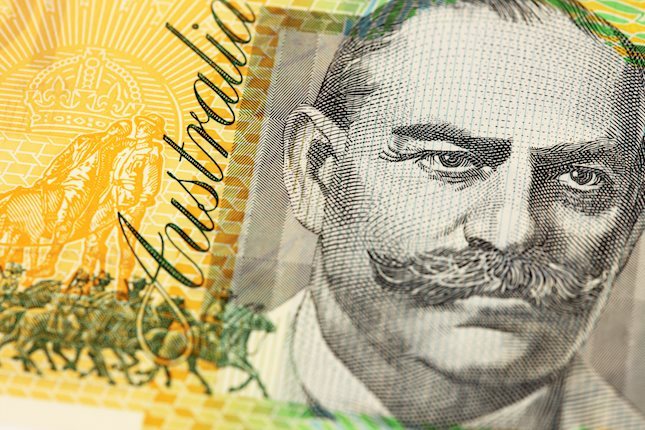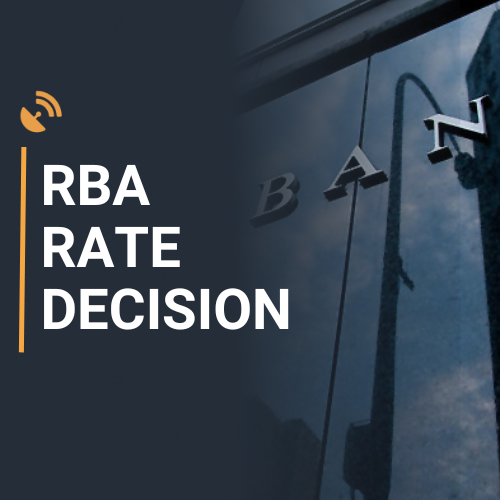- Canadian Dollar is easing off the pressure as Crude Oil prices soften.
- Canada economic data remains thin for the week, US data dominating the market.
- US inflation data to remain key market driver for the back half of the trading week.
The Canadian Dollar (CAD) is stepping back slightly on Wednesday, giving the US Dollar (USD) some breathing room and sending the USD/CAD back into near-term highs.
Inflation expectations remain the pivotal market focus for this week, and with Canada-based data almost entirely absent on the economic calendar, chart direction will be determined by market reaction to US inflation figures through the rest of the week.
The USD/CAD has slipped back into yesterday’s highs as the Greenback catches a soft bid on data beats, and the Loonie is following softening Crude Oil prices slightly lower.
Daily Digest Market Movers: Canadian Dollar giving a pause in lockstep with barrel prices
- Bidding pressure for the CAD is abating, sending the USD/CAD pair back to Tuesday’s highs.
- Canadian economic data is almost entirely absent, save for low-impact data.
- Canada Building Permits for August managed a beat, printing at 3.4% versus the forecast 0.5%.
- Previous reading on Building Permits was revised down significantly, from -1.5% to -3.8%.
- Crude Oil prices are softening further, fading back the early week’s bid spike following the weekend’s Gaza Strip escalation between Israel and Palestinian Hamas.
- US data on Wednesday beat forecasts across the board.
- US Producer Price Index (PPI) for the year into September climbed to 2.7%, beating the 2.3% expectations. The previous reading was revised to 2.5% from 2.2%.
- US Consumer Price Index (CPI) inflation reading due on Thursday, will be significant, and likely to impact broad-market risk sentiment.
- FOMC minutes: Members agreed rates should stay restrictive for some time
Technical Analysis: Canadian Dollar loosening its grip enough for the USD/CAD to reclaim 1.36 handle, but things stringing along the middle
Wednesday’s bounce in the USD/CAD sends the pair back into the upper bound of the previous day’s highs, trading above the 1.3600 handle with daily candlesticks set to catch technical support from the 50-day Simple Moving Average (SMA) near 1.3550 with the 200-day SMA sitting just north of 1.3450.
The USD/CAD got knocked down nearly 1.6% peak-to-trough from last week’s swing high into 1.3785, with the Canadian Dollar catching a Crude Oil-fueled bid. Downside pressure has eased off for the time being, but markets are awaiting a firmer read on US inflation data before plunging too far into either side of the USD.
Canadian Dollar FAQs
What key factors drive the Canadian Dollar?
The key factors driving the Canadian Dollar (CAD) are the level of interest rates set by the Bank of Canada (BoC), the price of Oil, Canada’s largest export, the health of its economy, inflation and the Trade Balance, which is the difference between the value of Canada’s exports versus its imports. Other factors include market sentiment – whether investors are taking on more risky assets (risk-on) or seeking safe-havens (risk-off) – with risk-on being CAD-positive. As its largest trading partner, the health of the US economy is also a key factor influencing the Canadian Dollar.
How do the decisions of the Bank of Canada impact the Canadian Dollar?
The Bank of Canada (BoC) has a significant influence on the Canadian Dollar by setting the level of interest rates that banks can lend to one another. This influences the level of interest rates for everyone. The main goal of the BoC is to maintain inflation at 1-3% by adjusting interest rates up or down. Relatively higher interest rates tend to be positive for the CAD. The Bank of Canada can also use quantitative easing and tightening to influence credit conditions, with the former CAD-negative and the latter CAD-positive.
How does the price of Oil impact the Canadian Dollar?
The price of Oil is a key factor impacting the value of the Canadian Dollar. Petroleum is Canada’s biggest export, so Oil price tends to have an immediate impact on the CAD value. Generally, if Oil price rises CAD also goes up, as aggregate demand for the currency increases. The opposite is the case if the price of Oil falls. Higher Oil prices also tend to result in a greater likelihood of a positive Trade Balance, which is also supportive of the CAD.
How does inflation data impact the value of the Canadian Dollar?
While inflation had always traditionally been thought of as a negative factor for a currency since it lowers the value of money, the opposite has actually been the case in modern times with the relaxation of cross-border capital controls. Higher inflation tends to lead central banks to put up interest rates which attracts more capital inflows from global investors seeking a lucrative place to keep their money. This increases demand for the local currency, which in Canada’s case is the Canadian Dollar.
How does economic data influence the value of the Canadian Dollar?
Macroeconomic data releases gauge the health of the economy and can have an impact on the Canadian Dollar. Indicators such as GDP, Manufacturing and Services PMIs, employment, and consumer sentiment surveys can all influence the direction of the CAD. A strong economy is good for the Canadian Dollar. Not only does it attract more foreign investment but it may encourage the Bank of Canada to put up interest rates, leading to a stronger currency. If economic data is weak, however, the CAD is likely to fall.
Information on these pages contains forward-looking statements that involve risks and uncertainties. Markets and instruments profiled on this page are for informational purposes only and should not in any way come across as a recommendation to buy or sell in these assets. You should do your own thorough research before making any investment decisions. FXStreet does not in any way guarantee that this information is free from mistakes, errors, or material misstatements. It also does not guarantee that this information is of a timely nature. Investing in Open Markets involves a great deal of risk, including the loss of all or a portion of your investment, as well as emotional distress. All risks, losses and costs associated with investing, including total loss of principal, are your responsibility. The views and opinions expressed in this article are those of the authors and do not necessarily reflect the official policy or position of FXStreet nor its advertisers. The author will not be held responsible for information that is found at the end of links posted on this page.
If not otherwise explicitly mentioned in the body of the article, at the time of writing, the author has no position in any stock mentioned in this article and no business relationship with any company mentioned. The author has not received compensation for writing this article, other than from FXStreet.
FXStreet and the author do not provide personalized recommendations. The author makes no representations as to the accuracy, completeness, or suitability of this information. FXStreet and the author will not be liable for any errors, omissions or any losses, injuries or damages arising from this information and its display or use. Errors and omissions excepted.
The author and FXStreet are not registered investment advisors and nothing in this article is intended to be investment advice.
Recommended content
Editors’ Picks

AUD/USD consolidates below 0.6600 amid the US election uncertainty
AUD/USD remains on the defensive below the 0.6600 mark on Tuesday as traders seem reluctant ahead of this week's key event risks – the US presidential election and the FOMC policy meeting. In the meantime, the unwinding of the Trump trade continues to weigh on the USD and offers some support to the currency pair.

EUR/USD posts modest gains above 1.0850, all eyes on the US presidential election results
The EUR/USD pair trades with mild gains near 1.0880 during the early Asian session on Tuesday. The US Dollar edges lower as traders brace for the outcome of the US presidential election and a likely interest rate cut from the Federal Reserve, which supports some support for the major pair.

Gold price hangs near one-week low; downside seems cushioned ahead of the US election
Gold price remains close to a one-week low set on Monday, though the downside seems limited amid safe-haven demand stemming from the US election uncertainty and talks of an Iranian retaliatory strike on Israel.

RBA widely expected to keep interest rate unchanged amid persisting price pressures
Australia’s benchmark interest rate is set to stay unchanged at 4.35% in November. The focus remains on Reserve Bank of Australia Governor Michele Bullock’s comments and updated economic forecasts. The Australian Dollar could wilt if RBA Governor Bullock ramps up bets for a December rate cut.

US presidential election outcome: What could it mean for the US Dollar? Premium
The US Dollar has regained lost momentum against its six major rivals at the beginning of the final quarter of 2024, as tensions mount ahead of the highly anticipated United States Presidential election due on November 5.

Best Forex Brokers with Low Spreads
VERIFIED Low spreads are crucial for reducing trading costs. Explore top Forex brokers offering competitive spreads and high leverage. Compare options for EUR/USD, GBP/USD, USD/JPY, and Gold.